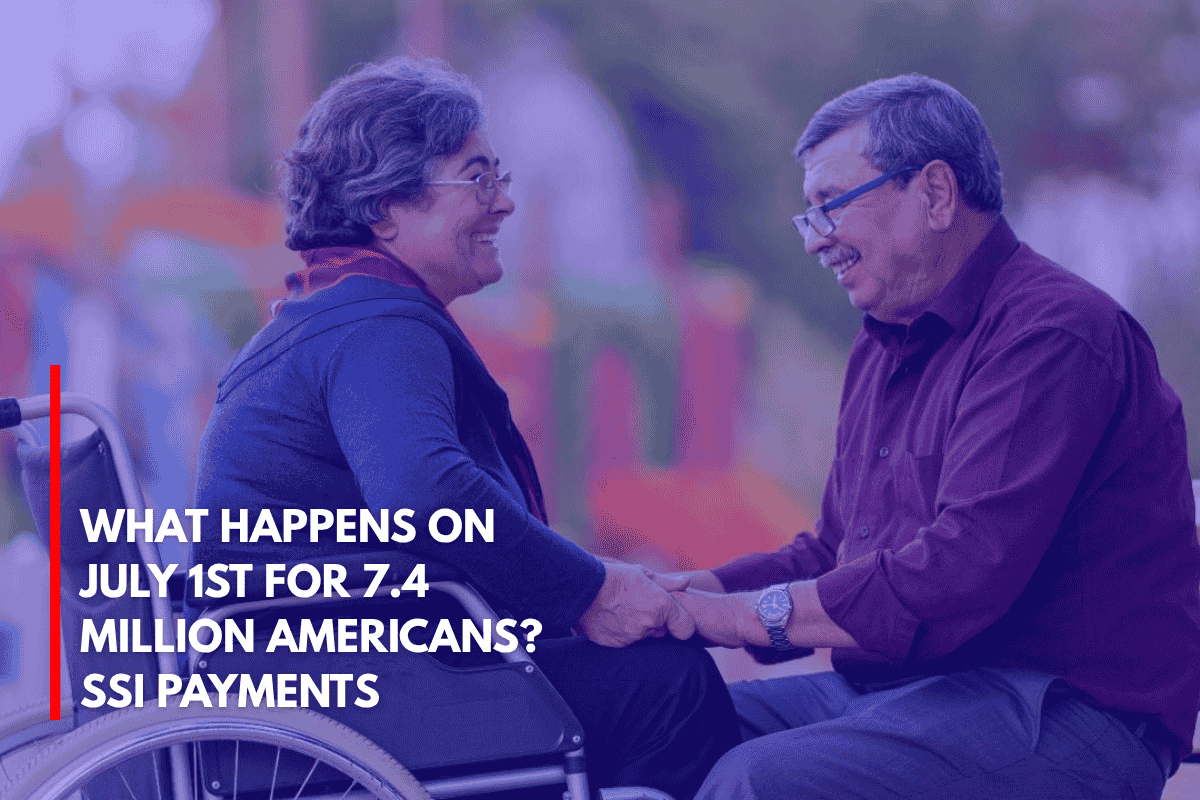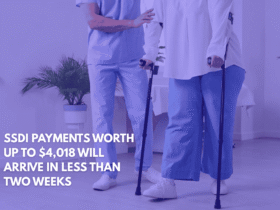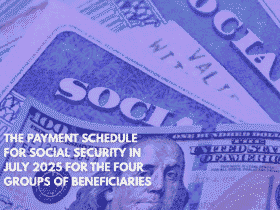For many Americans, July 1st is a significant date. It’s not about flipping the calendar page, but about receiving an important financial lifeline. For 7.4 million Americans, this day marks the arrival of their Supplemental Security Income (SSI) payments. This isn’t just any government help—it’s essential cash that helps cover daily costs like rent, food, and healthcare.
What Is SSI and Why Is It Important?
SSI is designed for those who are most in need, particularly seniors aged 65 and older, people with severe disabilities, and children facing serious health conditions. It helps them get by with basic living expenses, including rent (often subsidized), groceries, and other necessary costs.
The monthly payments vary: individuals typically receive $967, while couples get $1,450. While these amounts may seem modest, they often make the difference between survival and poverty for many people.
The benefit is calculated using the Federal Benefit Rate (FBR) and adjusted annually by the Cost-of-Living Adjustment (COLA) to account for inflation and rising living costs. This helps the payments keep up with the increasing prices of goods and services.
Who Qualifies for SSI?
To qualify for SSI benefits, individuals must fall into one of the following categories:
Seniors (65 and older): Seniors who have little to no income or savings are eligible for SSI. Their financial situation must be close to poverty level.
Adults with Severe Disabilities: This includes people with disabilities like blindness or conditions that prevent them from working. If an individual cannot engage in substantial gainful activity (SGA), meaning a regular job is not possible, they may qualify for SSI.
Children with Major Disabilities: Kids under 18 who have physical or mental conditions that cause severe functional limitations may qualify.
The SSI Application Process
Getting approved for SSI isn’t easy. It requires meeting strict criteria. For adults with disabilities, you must provide strong medical evidence that your condition is severe, will last at least a year, or is terminal. It must also prevent you from working. Children applying for SSI need to prove that their health issues limit their ability to function.
Seniors must show they meet the age requirement and are in near-poverty financial conditions. The Social Security Administration (SSA) also looks at the applicant’s income and assets.
If you’re single, your total savings and assets cannot exceed $2,000. For couples, this limit is $3,000. However, your primary home and one car are typically not counted.
Strict Rules on Income and Assets
The SSI program is designed to be a last-resort safety net, so the means test is strict. You can’t have much in savings or assets. Earnings from work or other sources (like pensions) will also reduce your SSI payments on a dollar-for-dollar basis. However, there are some small allowances, such as $20 for unearned income and $65 for earned income.
You must also be a U.S. citizen or a qualified immigrant, and you must live in the U.S. or the Northern Mariana Islands. The SSA periodically checks to ensure recipients still meet the eligibility requirements.
SSI and SSDI Payment Dates
If you also receive Social Security Disability Insurance (SSDI), your payment will follow a different schedule based on your birthdate. For SSDI recipients:
People born between the 1st and 10th of the month will be paid on Wednesday, July 9.
Those born between the 11th and 20th will receive payments on Wednesday, July 16.
People born between the 21st and 31st will get their payments on Wednesday, July 23.
For a small group of SSDI recipients who started receiving benefits before May 1997, payments are made on the 3rd of each month, unless that date falls on a weekend, in which case the payment is moved to the previous business day.











Leave a Reply